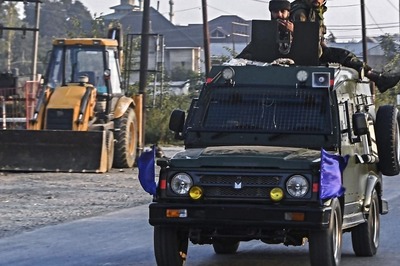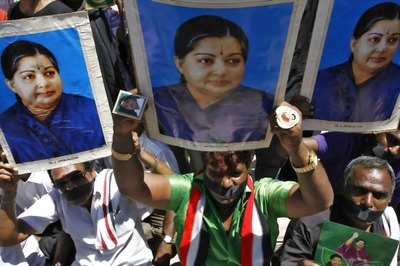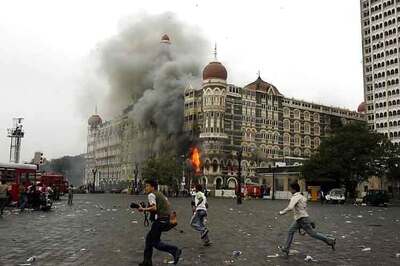
views
It forms only a slice of the rich cultural and artistic heritage of Odisha (which was Orissa till a few years back). Nevertheless, the Odisha Crafts Fair currently on at VJT Hall, is a shopper’s delight. After all, it is after a gap that the city has kept its date with art and craft fair.And it is not just Odisha which has got representation at the fair. Artisans and merchants from Uttar Pradesh, Rajasthan, Himachal Pradesh, West Bengal, Assam, Madhya Pradesh etc are also lined up at the fair.The fair has been organised by Art and Crafts Exposition (ACE), a registered NGO formed in Odisha in 2002 with the aim of keeping alive the age-old traditional craft of the state. Of the Odisha items on display, the textile section, definitely, takes the cake. Mainly the saree stall. You get hundreds of sarees in beautiful shades with the traditional Odisha ikat work. The umpteen colour combinations would keep you glued to the stall. The price, as always, is on the higher side, starting from ` 960 and going up to ` 5,000. The costliest of the lot has been named ‘Vichithrapuri’. The sarees come with distinctive motifs and borders, an example being a saree with the motif based on the Konark Sun Temple. Blouse pieces with ikat pattern, priced ` 100 and ` 200 per metre, dupattas with the same design (costing `400 and up) and churidar set with the ikat patterns (ranging between ` 840 and ` 3,000)- the stall has a lot to offer. The Kotpad sarees, dupattas and stoles shouldn’t be missed. The Kotpad items are made in the traditional way, which is quite time-consuming, by the tribal people of Kotpad. “They are dyed in local vegetable dye. They don’t have the modern machinery to weave. They do it the rudimentary way,” said a spokesperson with ACE. The works are simple and very basic. But that doesn’t mean the price is less. The dupattas and stoles are priced at ` 1,000 and above, dress materials cost ` 250 per metre and sarees cost ` 5,000 and above. Ancient palm leaf writings and paintings, Patachitra works, jewellery and curios made out of brass and shirts and ladies’ tops form other attractions from the state. The contribution from the part of Rajasthan include kurtis for ladies, cute dresses for kids, bangles, bandhini sarees/salwar sets and bedsheets among others. West Bengal has got a strong presence, by way of its fabric collection with the traditional kantha work, done on dress materials and blouse pieces. The traditional Bengal cotton sarees too stand out. Chanderi sarees, the pride of Madhya Pradesh, are very much there. From Mau in Uttar Pradesh comes Ashraf Ali with a jewellery collection, which he claims to be unique in more than one way. You get dyed bronze bangles (` 30 per piece), ornaments made out of camel bone (` 200 and up for a chain), ‘panchaloha’ (` 350 for chain-earring set), sea sand (` 50 for a bracelet), brass (`40 per bangle and ` 250 for a complete set), sea shells, German Silver (attractive jhumkas costing ` 130 and above) and South African shells (` 150 for a bracelet) from him. He has also bought earrings covered with velvet cloth (` 70 per set). Another stall which stands out is that of Pushpendar from Shimla. He has brought, what he calls, ladies’ tops and kurtis which are quite uncommon at the fairs. Namkeens, pickles, bags, chappals, fancy jewellery, Saharanpur wood items, works in clay from West Bengal and toys have spiced up the fair which will conclude on October 19. Time: 10 a.m. to 9.30 p.m.




















Comments
0 comment